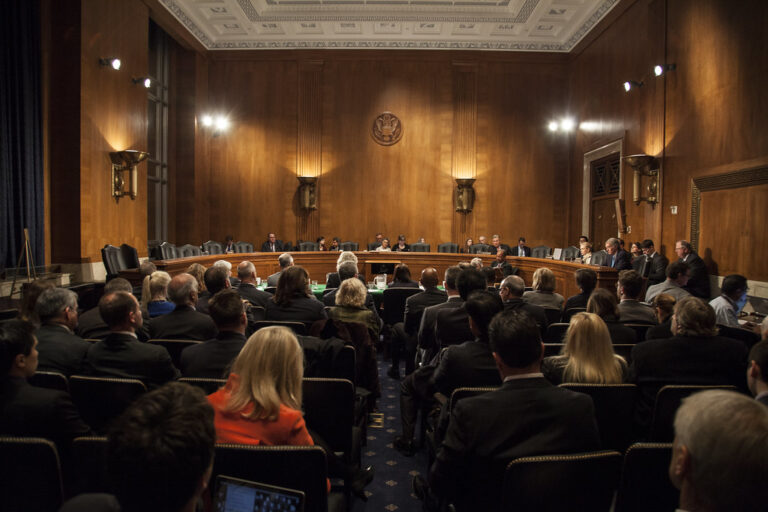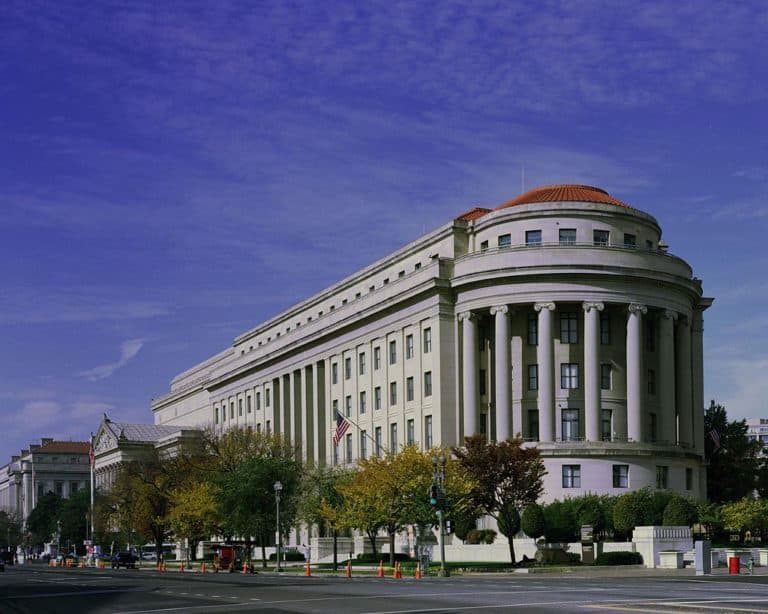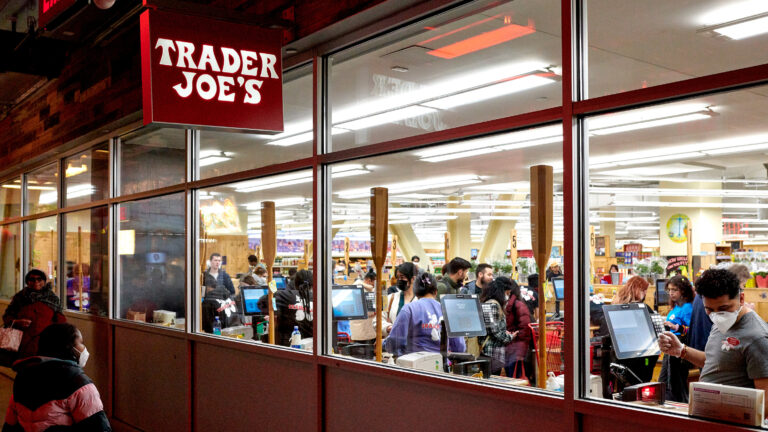Kelsey MacKinnon is a student at Harvard Law School and a member of the Labor and Employment Lab.
Cash grants of up to $10,000. Complimentary co-working spaces. Free mountain bikes. States and cities across the country are offering creative incentives to convince remote workers to move within their borders.
These talent-attraction schemes rely on a simple premise of economic development: increasing the supply of skilled workers in an area will lead to greater business activity, increased tax revenue, and spillover effects, such as higher wages for local service workers, that will benefit the community at large. But the effectiveness of such incentive programs is, for the most part, an open question. Do they have a meaningful impact on remote workers’ decisions to relocate? And, if so, do the communities that see influxes of remote workers achieve the hoped-for economic gains?
A closer look at some of these programs and their impacts can provide valuable insights for communities considering whether to offer remote worker attraction incentives of their own.
Remote Worker–Attraction Initiatives
The rise in remote work brought on by the pandemic has created a large supply of geographically flexible skilled workers in the U.S. Many small and rural communities are attempting to draw in these workers by touting their lifestyle advantages, such as access to the outdoors or low costs of living. And in case that’s not enough, some are throwing in extra perks to sweeten the deal.
For instance, remote workers who move to Tulsa, Oklahoma can receive cash grants of $10,000, paid out in installments over the course of the worker’s first year in the city. Likewise, remote workers who move to Northwest Arkansas are eligible for $10,000 in cash or Bitcoin, plus a free street or mountain bike. Similar programs can be found in Alabama, Arizona, Kansas, West Virginia, and Vermont, with offerings ranging from $1,000 to $12,000 in relocation-expense reimbursements, homebuying and rental assistance, or unrestricted cash. Further benefits, like free access to coworking spaces or other community amenities, are often thrown in on top.
Eligibility requirements vary, but typically, one must hold a full-time remote job for an employer located outside of the state, county, or city offering the incentives. Often, the incentives can only be recouped in full after the worker has lived in the new destination for a designated length of time, ranging from six months to two years. These programs are administered and financed variably by state and local governments, private non-profit organizations, and public-private partnerships.
Whether or not the incentives come directly out of taxpayers’ pockets, those administering these programs must be aware of their potential impacts on a community’s current residents — not all of which are positive. While it is true that remote workers’ spending in the local economy may lead to higher earnings and wages for local businesses and workers, there is also the risk that any gains for current residents will be wiped out by increased costs of living — and that some residents may be displaced from their communities entirely.
Impacts on Local Communities
Economic development organizations see several potential benefits of drawing remote workers into an area. First, new remote-worker residents will spend their incomes at least partially in the local economy; the increased demand for local goods and services will lead to greater earnings for local businesses, higher wages for their employees, and potentially the creation of new jobs. Next, remote workers will pay state and local taxes, thereby increasing revenues for localities to reinvest in their communities. Finally, building up a sizable pool of remote workers — who are typically highly educated — may help areas attract business investment down the line, as companies often seek to establish themselves in areas with large skilled workforces available for their hiring needs.
A recent report on Tulsa Remote, which was first launched in 2018, can shed light on whether remote worker attraction programs achieve these broad economic aims. But it leaves unaddressed the potential costs of this economic development strategy.
According to the report, Tulsa Remote’s $10,000-per-worker incentive brought more than 1,200 remote workers to the city between 2018 and 2021. Around 88% of participants who arrived prior to 2021 stayed in Tulsa beyond the program’s one-year requirement. For participants in Tulsa during 2021, the average income was $104,600 — nearly double the city-wide average of $54,300. Almost 90% of participants held at least a bachelor’s degree, compared to 32% of Tulsa’s other adult residents.
The report estimates that, in 2021, Tulsa Remote participants’ demand for local goods and services generated $10.7 million in income and 198 new full-time jobs in Tulsa’s locally traded sectors, which include health care, retail, restaurants, and finance-related industries. The remote workers also paid approximately $1.6 million in state and local taxes in 2021 — though the report does not quantify the extra costs that state and local governments faced in providing public services to these individuals. Finally, because many remote workers brought families along with them, the study estimates that these additional household members contributed an extra $1.2 million to Tulsa’s 2021 GDP.
While this report suggests that bringing remote workers — and their high incomes — into a community can give the local economy a boost, it leaves some pertinent questions unanswered.
First, it is not clear how effective the incentives actually are at attracting remote workers. One might doubt whether a one-time $10,000 grant paid over the course of a year would be a significant factor in a highly paid worker’s decision to permanently relocate. Participants who stayed in Tulsa beyond the program’s required timeframe may have planned to move there, anyway, and simply took the incentive as an added bonus. Without more evidence that such incentives play a substantial role in convincing remote workers to move, communities may hesitate in replicating a program like Tulsa Remote.
Perhaps more fundamentally, the study does not address one of the biggest concerns regarding remote worker attraction programs: the risk of gentrification. When a wave of high earners moves into an area, their spending in the local economy can drive up not only earnings for local businesses and wages for local workers, but also prices for the entire community. This concern is particularly pressing in the housing realm; if new residents flock into an area without a corresponding increase in housing supply, prices will likely skyrocket, and current residents may end up priced out of certain neighborhoods or the area altogether. Similar concerns have been raised in the capital attraction context, particularly when states have sought to draw in businesses that will hire primarily from outside the local labor market. For instance, economists have found that when new tech companies bring an influx of skilled workers into a city, spillover wage gains for local workers are likely to be wiped out unless the city simultaneously builds new housing to match the increased demand. Communities considering offering incentives to attract remote workers should keep this dynamic in mind.
With the range of remote worker incentive programs now being offered across the country, further studies may bring forth additional findings regarding their potential benefits and pitfalls. In the meantime, communities considering adopting such strategies should evaluate whether they can make the investments necessary to absorb a new batch of workers without jeopardizing the quality of life for their existing residents.










Daily News & Commentary
Start your day with our roundup of the latest labor developments. See all
November 20
Law professors file brief in Slaughter; New York appeals court hears arguments about blog post firing; Senate committee delays consideration of NLRB nominee.
November 19
A federal judge blocks the Trump administration’s efforts to cancel the collective bargaining rights of workers at the U.S. Agency for Global Media; Representative Jared Golden secures 218 signatures for a bill that would repeal a Trump administration executive order stripping federal workers of their collective bargaining rights; and Dallas residents sue the City of Dallas in hopes of declaring hundreds of ordinances that ban bias against LGBTQ+ individuals void.
November 18
A federal judge pressed DOJ lawyers to define “illegal” DEI programs; Peco Foods prevails in ERISA challenge over 401(k) forfeitures; D.C. court restores collective bargaining rights for Voice of America workers; Rep. Jared Golden secures House vote on restoring federal workers' union rights.
November 17
Justices receive petition to resolve FLSA circuit split, vaccine religious discrimination plaintiffs lose ground, and NJ sues Amazon over misclassification.
November 16
Boeing workers in St. Louis end a 102-day strike, unionized Starbucks baristas launch a new strike, and Illinois seeks to expand protections for immigrant workers
November 14
DOT rule involving immigrant truck drivers temporarily stayed; Unions challenge Loyalty Question; Casino dealers lose request for TRO to continue picketing